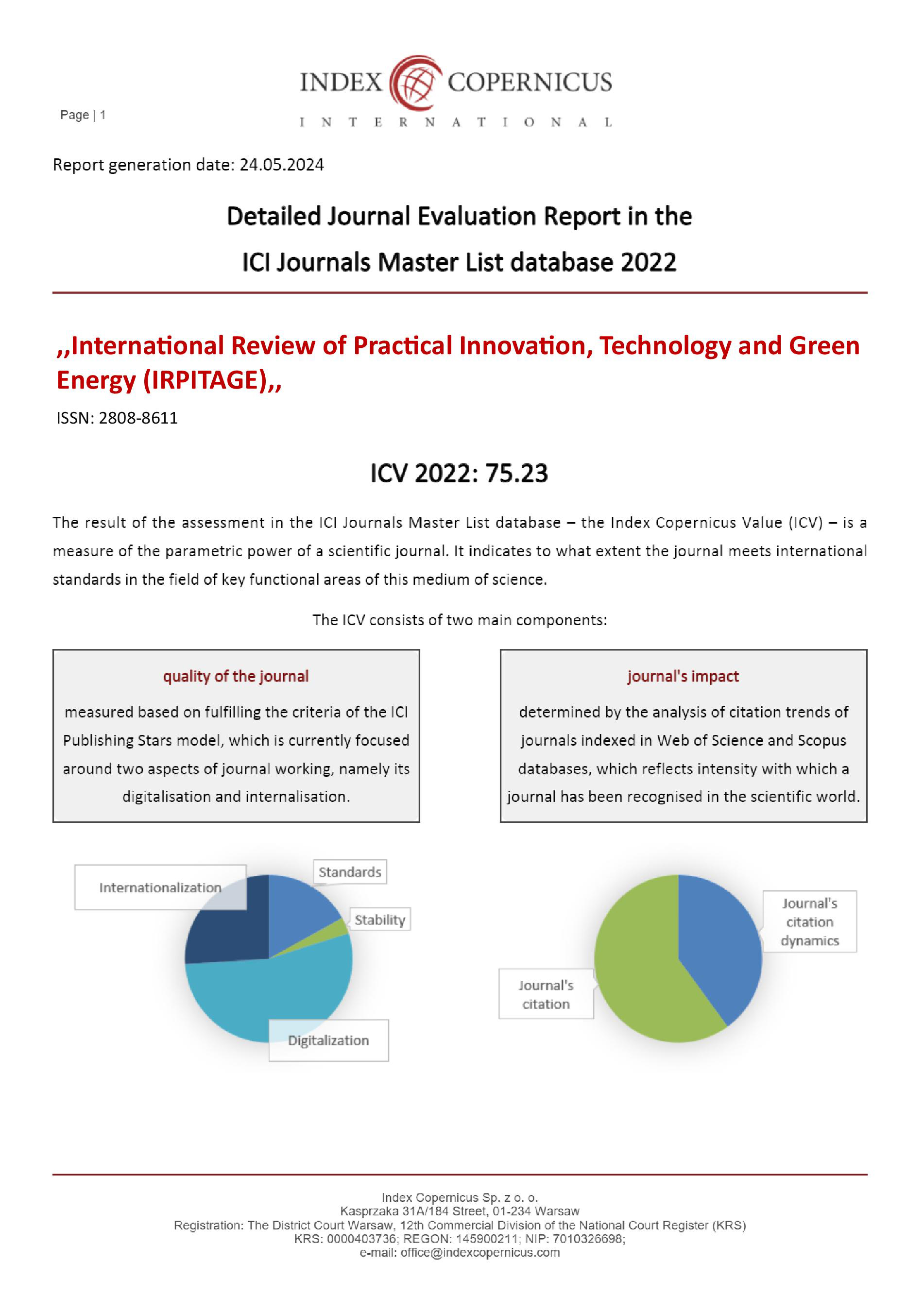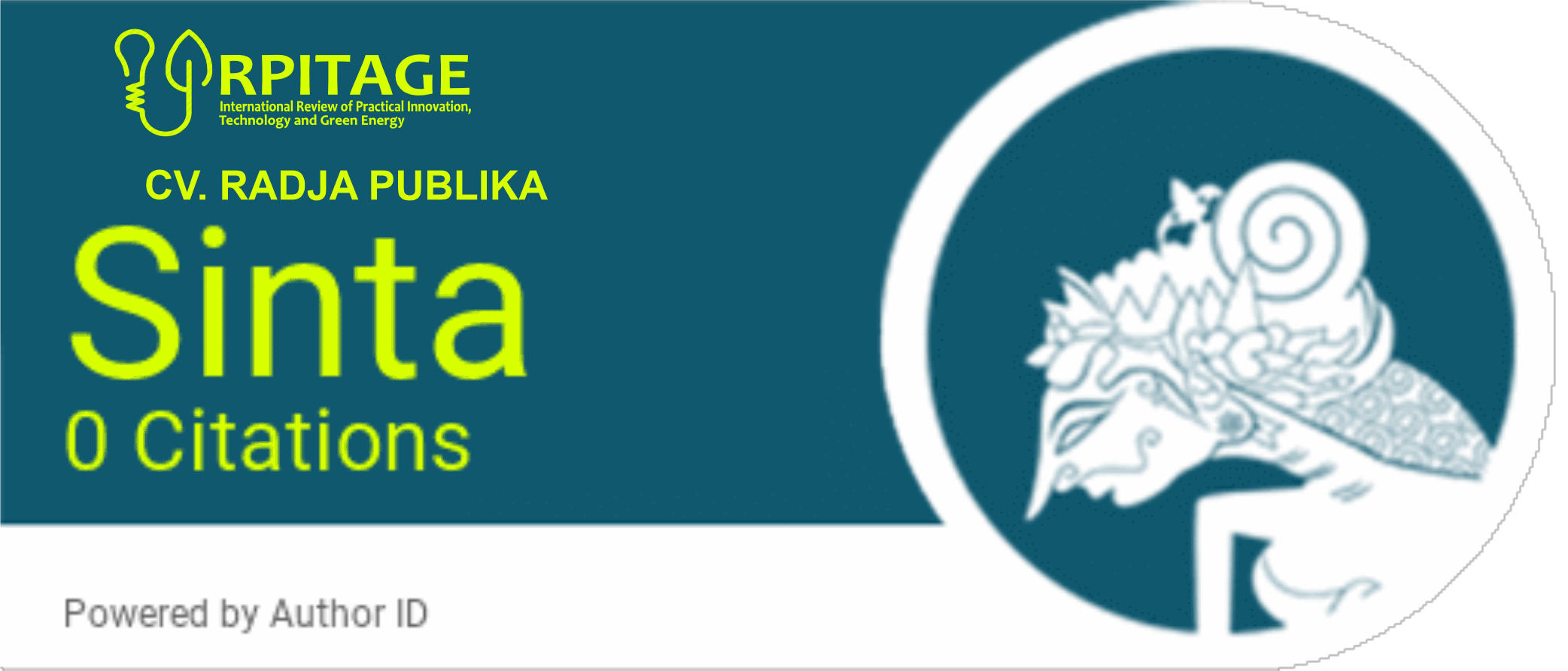THE EFFECTIVENESS OF ONLINE LEARNING PLATFORMS IN HIGHER EDUCATION: A COMPREHENSIVE ANALYSIS
Main Article Content
SAJAD AHMAD MALIK
ABSTRACT
The landscape of higher education has witnessed a transformative shift with the widespread adoption of online learning platforms. This study provides a comprehensive analysis of the effectiveness of online learning in higher education, examining its impact on student engagement, learning outcomes, and institutional dynamics. Through a mixed-methods approach, combining quantitative surveys, academic performance analysis, qualitative interviews, and case studies, the study aims to offer nuanced insights. The literature review explores existing research on online learning effectiveness, drawing on global perspectives and specific cases within the Indian context. Case studies from institutions such as the Indian School of Business, SWAYAM, Manipal Academy of Higher Education, and NPTEL highlight diverse approaches, best practices, and lessons learned. Quantitative data analysis involves descriptive statistics, correlation analysis, and comparative assessments to understand relationships between variables. Qualitative data, obtained through interviews and focus groups, undergoes thematic and content analysis to provide rich insights into participant experiences. The case studies showcase the success of various models, emphasizing the role of technology, industry collaboration, and inclusive design. The research identifies challenges such as the digital divide, faculty readiness, and quality assurance, proposing recommendations for future action. The findings contribute to the ongoing discourse on online learning effectiveness, offering valuable insights for educators, policymakers, and institutions. The research underscores the transformative potential of online education, provided strategic investments are made in technology, faculty development, and inclusive practices, ensuring that higher education remains accessible, relevant, and responsive to the evolving needs of diverse learners.
Mir, I. A. (2022). The Crucial Part BR Ambedkar Played in Constructing Our Great Nation. Journal of Legal Subjects (JLS) ISSN 2815-097X, 2(05), 12-20.
Mir, I. A. (2022). The Rajput Policy of the Mughal Emperors. Journal of Environmental Impact and Management Policy (JEIMP) ISSN: 2799-113X, 2(02), 34-41.
Mir, I. A. (2023). BRIDGING THE PAST AND PRESENT: AN ANALYSIS OF SULTAN ZAINUL ABIDIN'S LEGACY THROUGH THE ZAINGAIR CANAL IN KASHMIR. Journal of Accounting Research, Utility Finance and Digital Assets, 1(4), 407-412.
Mir, I. A. (2023). EXPLORING SOCIAL STRUCTURE OF KASHMIR UNDER THE CHAK SULTANATE ERA. MORFAI JOURNAL, 3(1), 90-97.
Mir, I. A. (2023). RESHIS OF THE KASHMIR VALLEY: A CASE STUDY OF BABA SHAKUR-UD-DIN WALI RA. International Journal of Educational Review, Law And Social Sciences (IJERLAS), 3(5), 1504-1510.
Mir, I. A., & Rather, S. A. (2023). THE GOLDEN ORCHARD: A CLOSER LOOK AT THE ECONOMIC BRILLIANCE OF SOPORE’S APPLE INDUSTRY IN KASHMIR. International Journal of Economic, Business, Accounting, Agriculture Management and Sharia Administration (IJEBAS), 3(3), 723-729.
Reshi, I. A., & Mir, I. A. (2022). The Economics of Mental Health and Well-Being: A Review of the Literature.
Shairgojri, A. A., & Mir, I. A. INDIA’S BEAUTY AND STRENGTH LIES IN ITS UNITY IN DIVERSITY.
Mir, I. A. (2023). PROMOTING SUSTAINABLE DEVELOPMENT: A HOLISTIC APPROACH TOWARDS A RESILIENT FUTURE. Journal of Accounting Research, Utility Finance and Digital Assets, 2(1), 556-562.
Mir, I. A., & Reshi, I. A. (2023). CULTIVATING A GREENER TOMORROW: THE POWER OF ORGANIC FARMING IN JAMMU AND KASHMIR. IRPITAGE JOURNAL, 3(1), 9-13.
Mir, I. A., & Dar, S. A. (2019, December). MANAGEMENT OF WASTE FROM HEALTH CARE FACILITIES. In International Conference on Health Science, Green Economics, Educational Review and Technology (pp. 126-132).
Bhat, R. A., & Mir, I. A. (2023). THE ENCHANTING SHRINE OF KASHMIR: UNVEILING THE LEGACY OF KHAWAJA HASSAN QARI. International Journal of Economic, Business, Accounting, Agriculture Management and Sharia Administration (IJEBAS), 3(5), 1512-1520.











